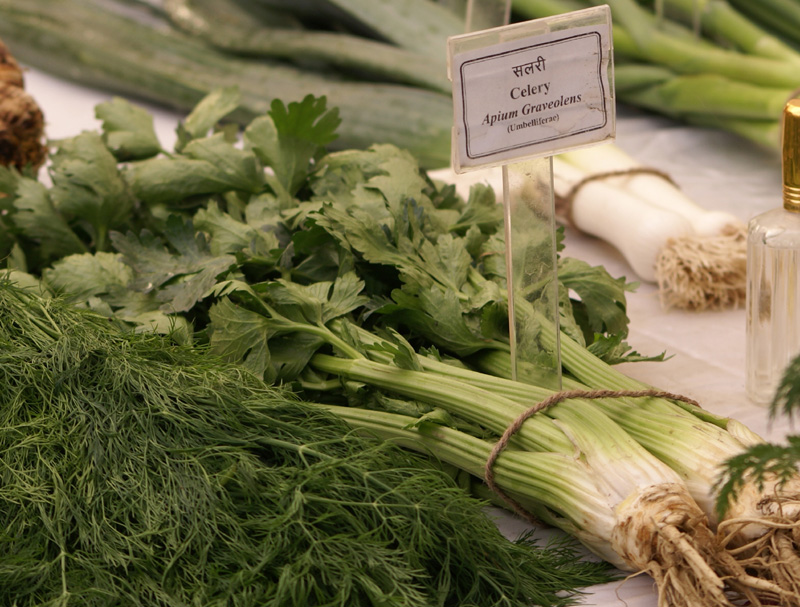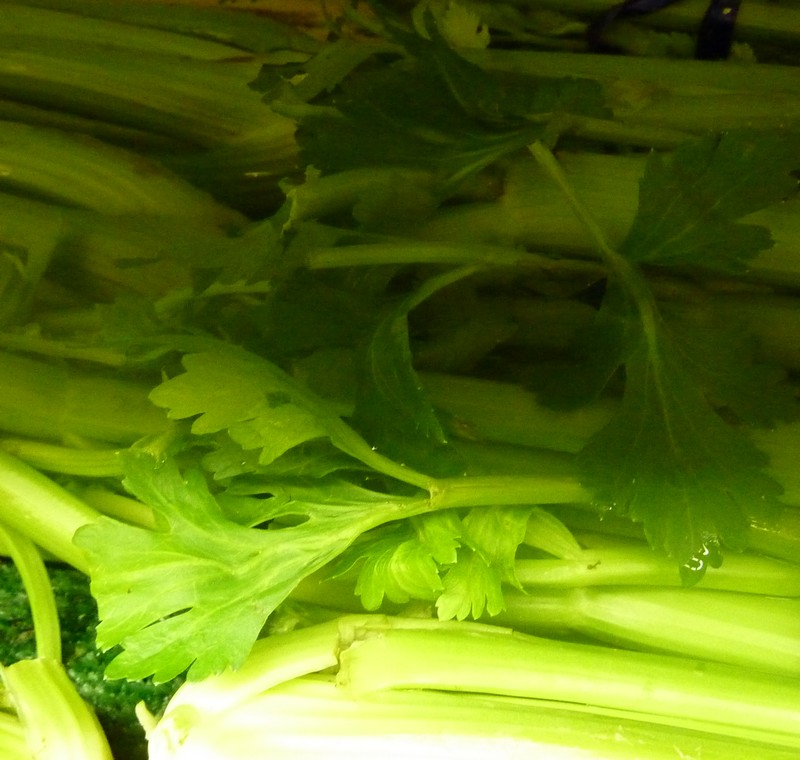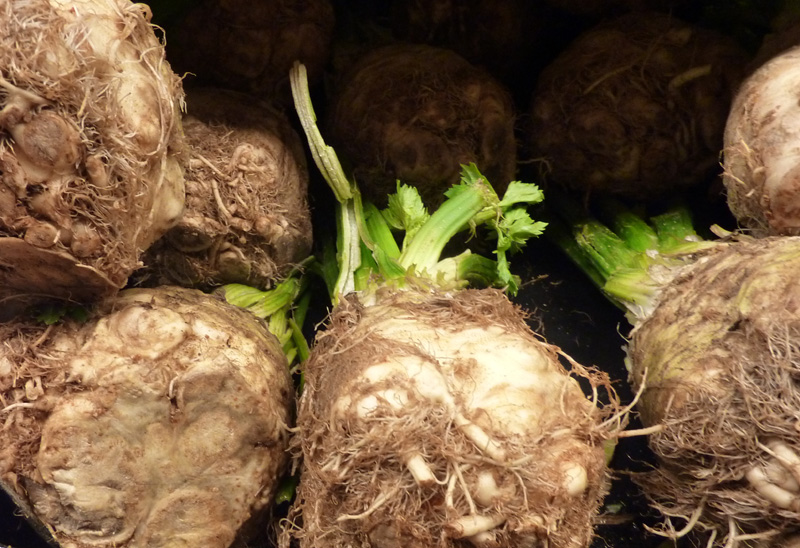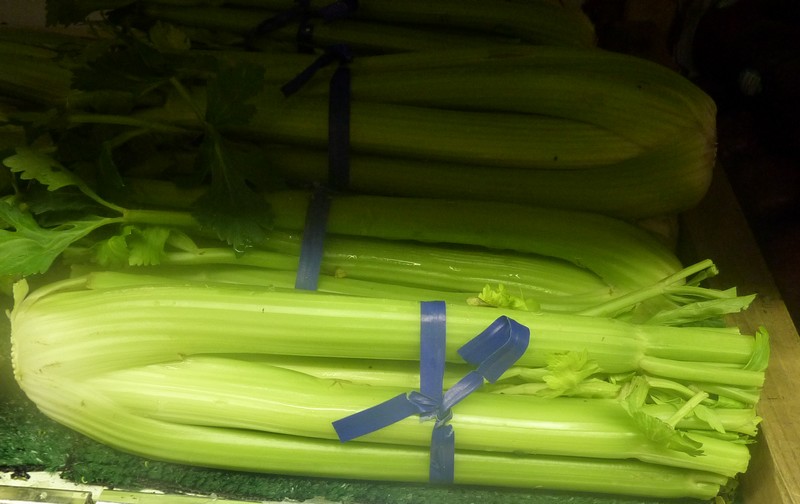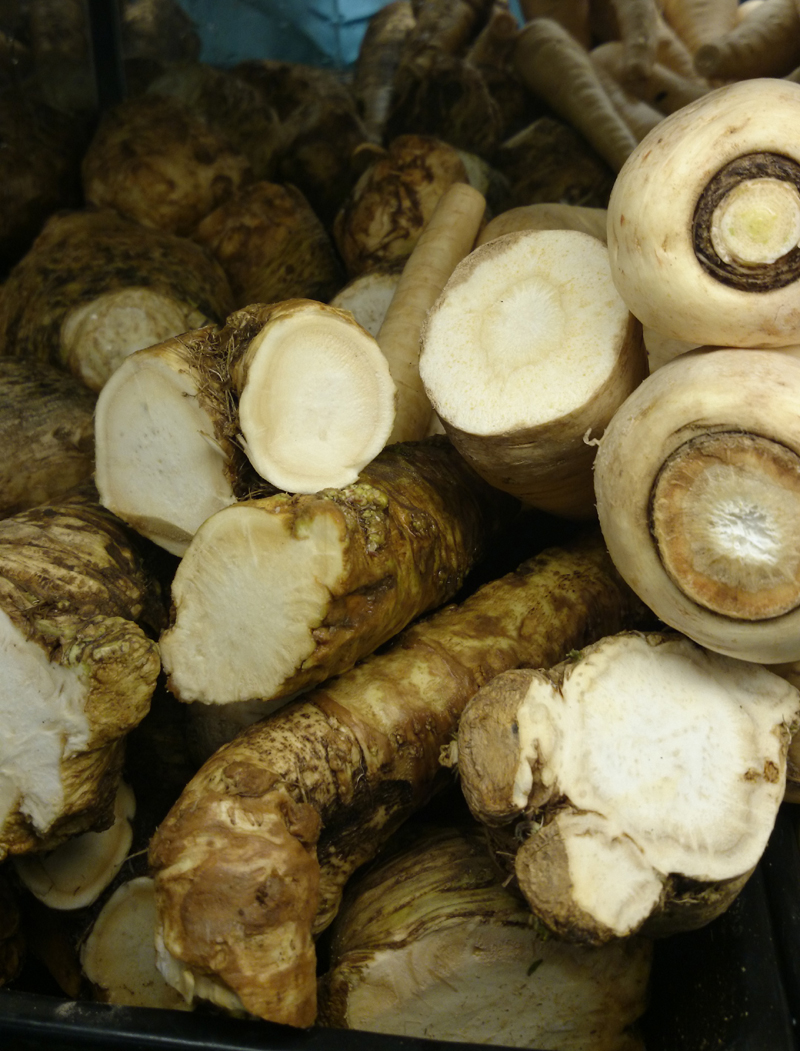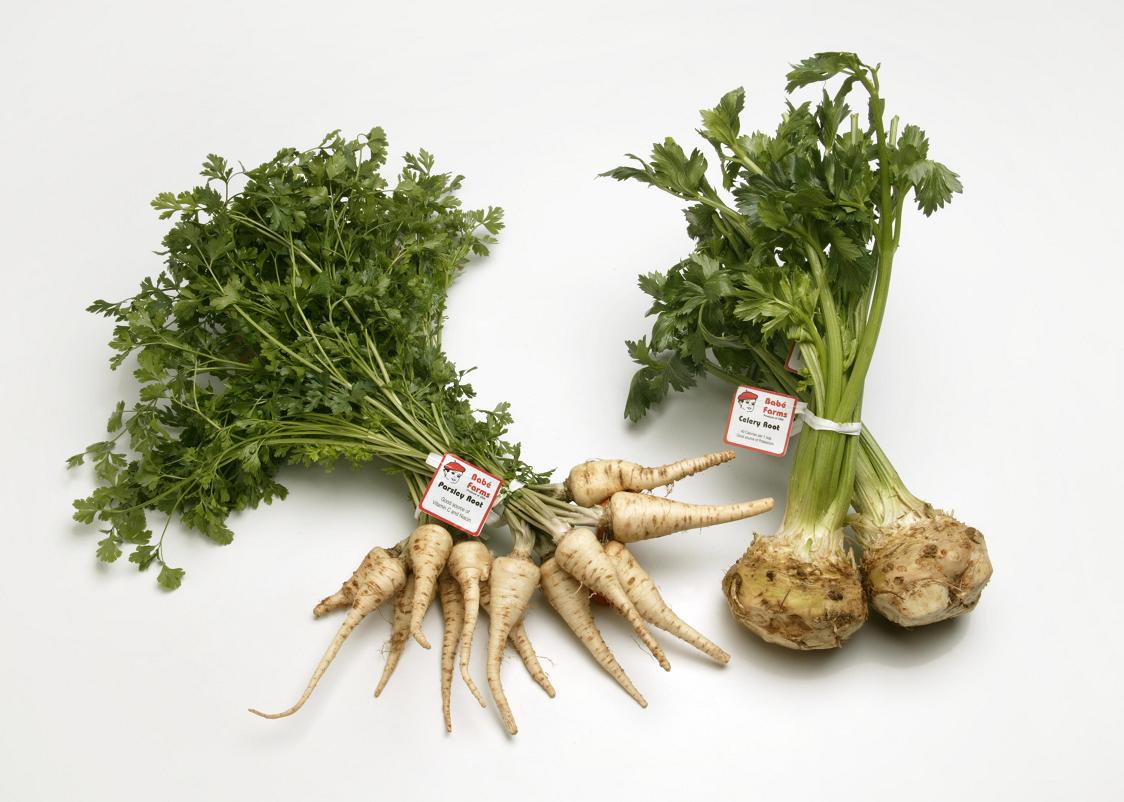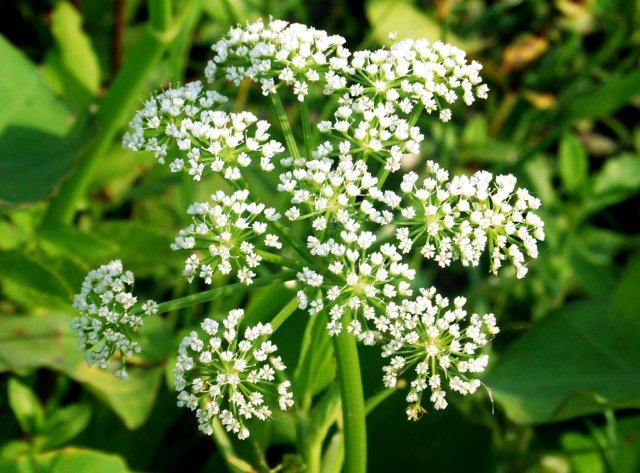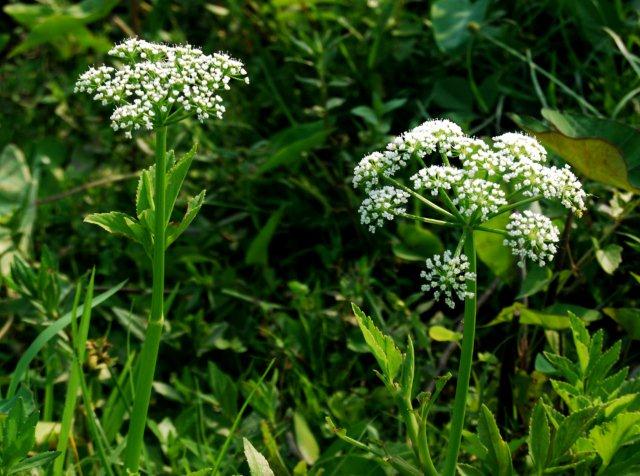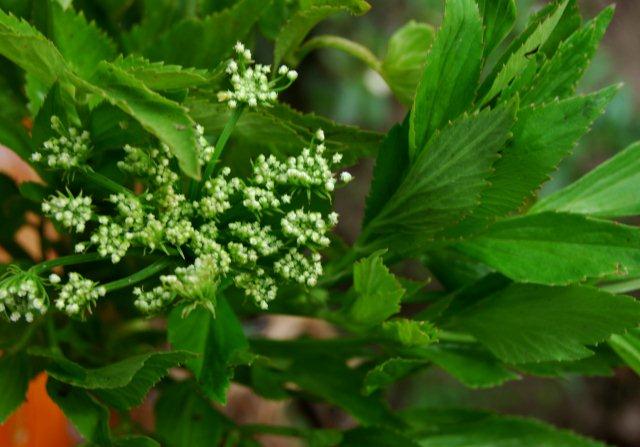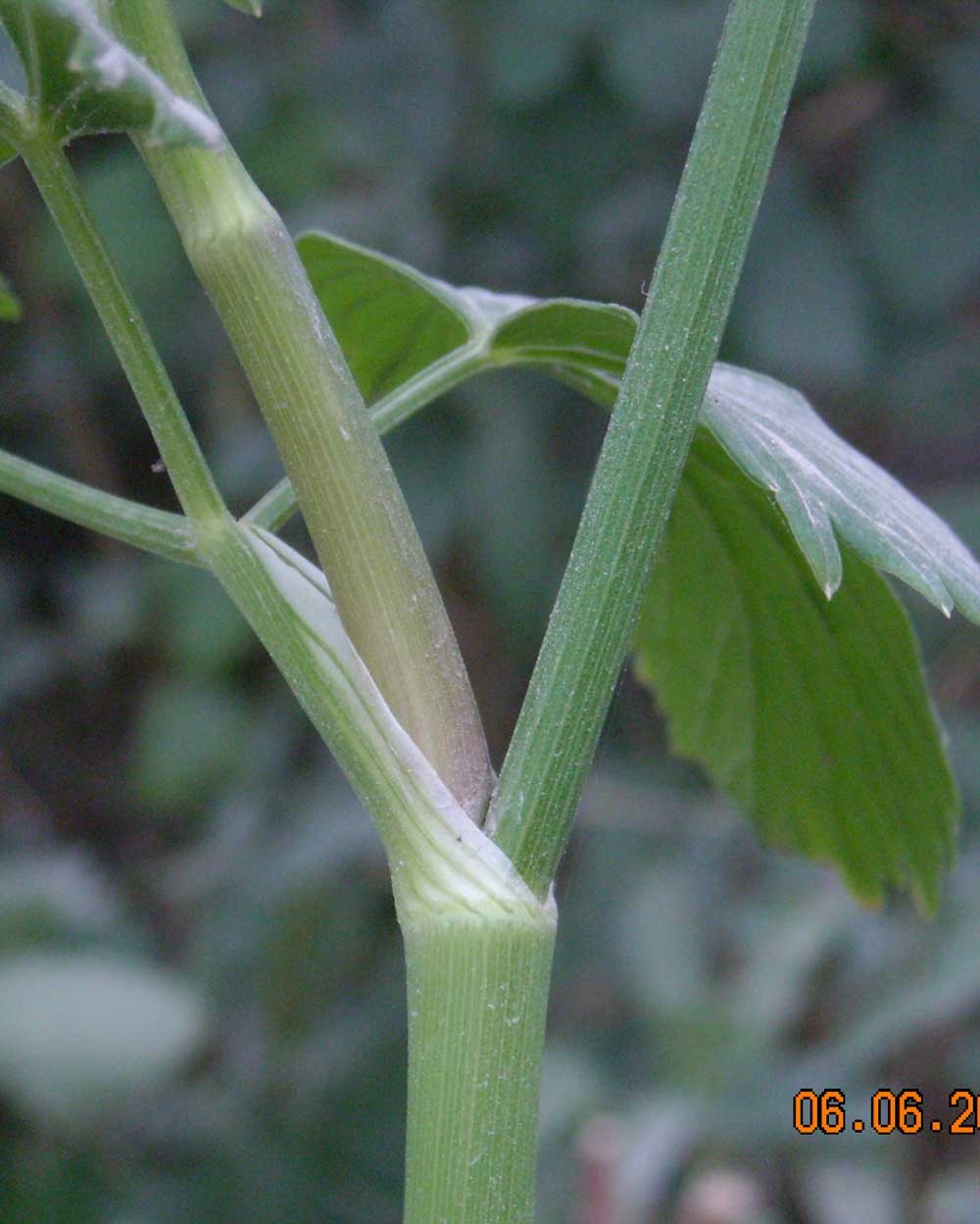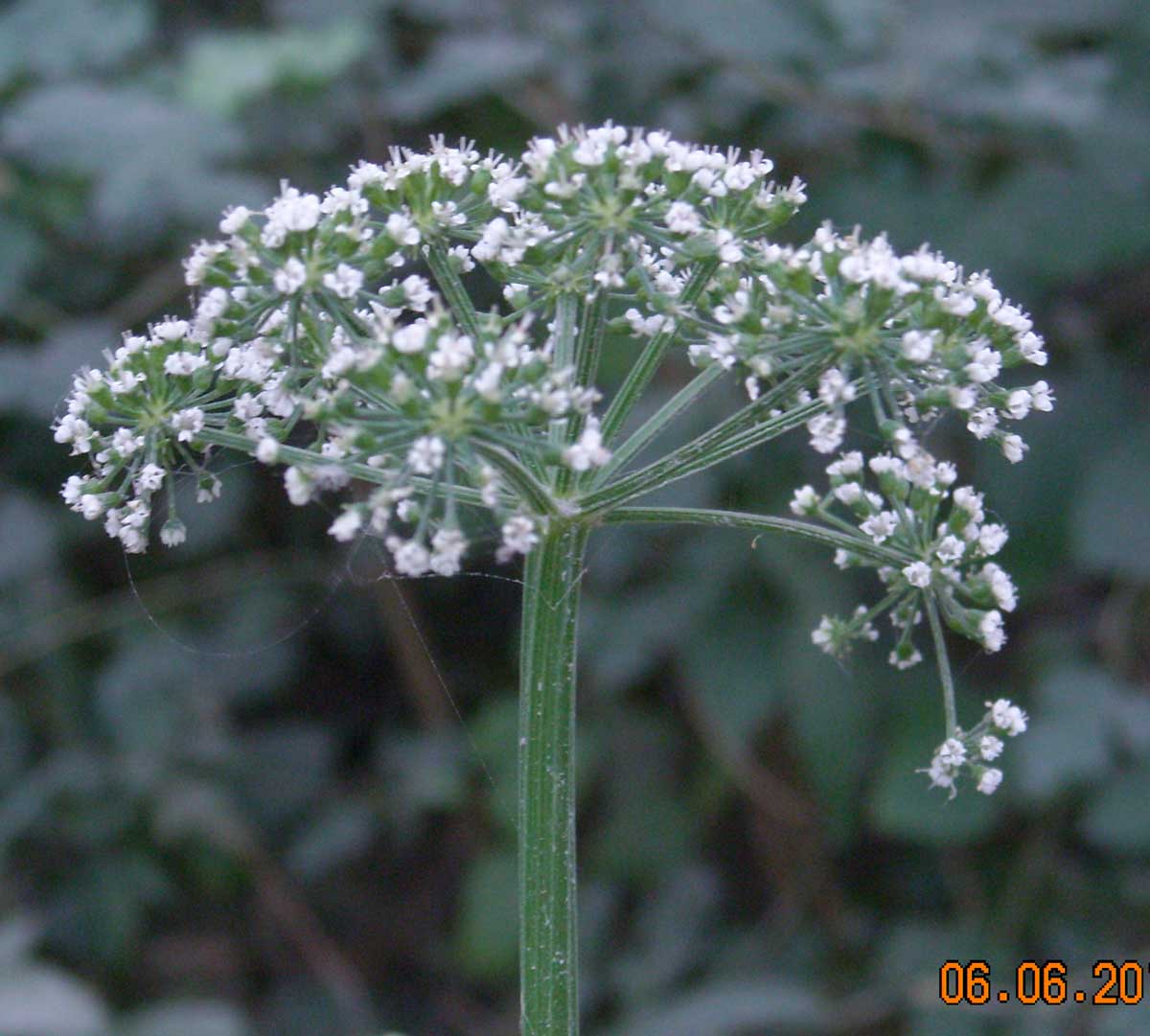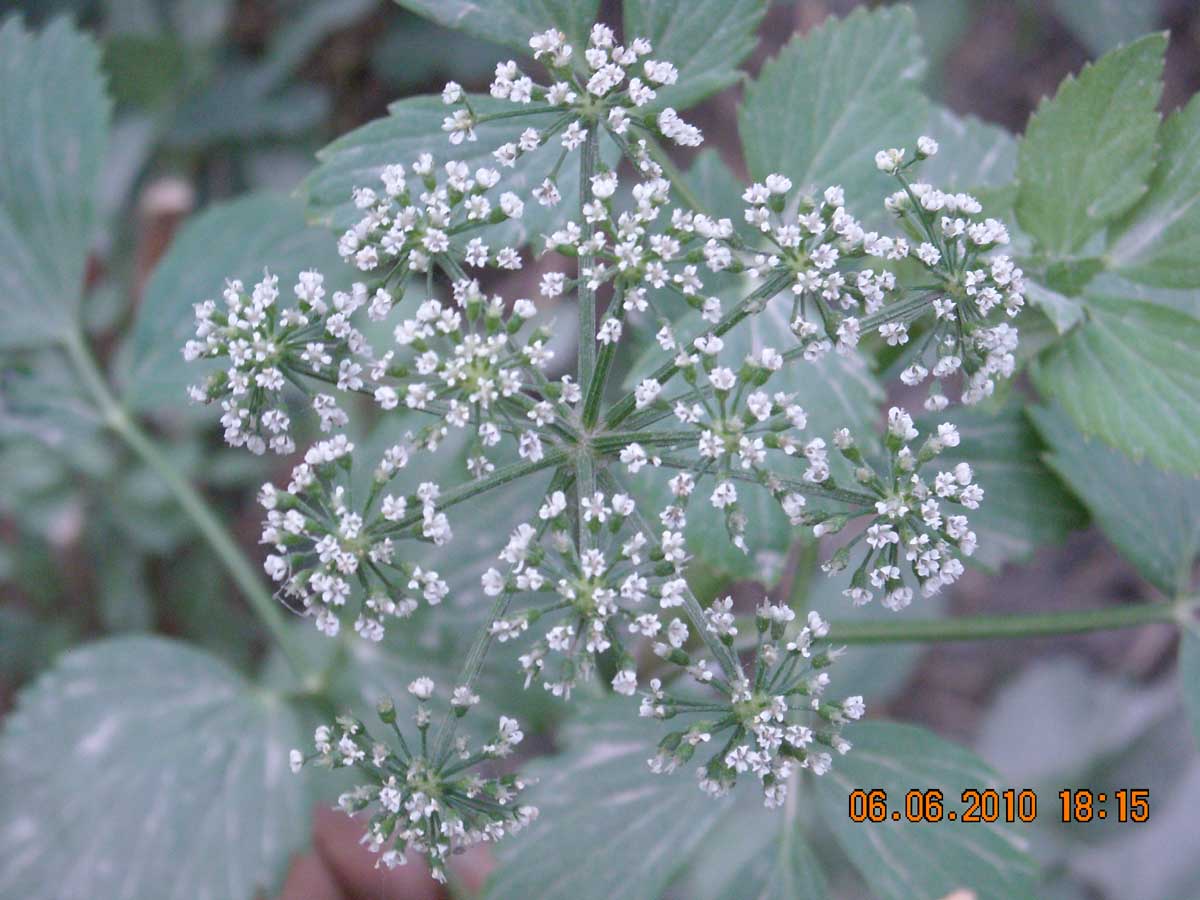|
Apium graveolens L., Sp. Pl. 264 1753 (Syn: Apium celleri Gaertn. ….);
.
fruits and vegetables week Apium graveolens german name Sellerie: Apiaceae (Umbelliferae) Week: Apium graveolens from Dakpathar: Here is mine from Delhi University Flower Show. Sir is this used as vegetable anywhere. Here in panipat a common wild plant Apium graveolens is a common wild plant in wet places. The cultivated celery (petioles and leaves as vegetable) and celeriac (root vegetable) were formerly recognised as var. dulce, but now relegated to synonymy of A. graveolens. Apiaceae (Umbelliferae) Week: Apium graveolens from California, Celery and Celeriac: Apium graveolens photographed from California stores. Leaf stalks are sold as celery where as the fleshy underground roots as celeriac. Apiaceae for Id from Panipat: 14 images. I think Apium graveolens, the Celery I think you somehow overlooked the insect on the inflorescence, it is honeybee), Apiaceae Fortnight: Apium graveolens from California, Celery and Celeriac-GSJUNE08/14 : 10 posts by 2 authors. Attachments(3) Leaf stalks are sold as celery where as the fleshy underground roots as Very nice to see, …
did you buy the roots and eat stew or something? How did you like it… if not next time do…
Celery and celriac are grown separately and are different… the celery stalks have to be grown in blanching mounds so they remain green/light and juicy.. its also a different variety : Celery : Apium graveolens var. dulce. Its medicinal properties for kidney health is unrivaled.
Celeriac Recently Yes … I had recorded this in my last trip, but perhaps not updated my Apiaceae folder. Here it is But my third photograph in the original is definitely different. Can you please comment on this … please. I am uploading both so that you can comment better, first with rounded roots clicked in 2010 and second in 2014, both labelled as
Celery root. Attachments (2) I get the feeling that mine with slender roots, labelled in stores as Celery root, may actually be Parsely root. Perhaps clue may be here In quick succession you have clarified stuff below. and my response is also below the first on the left is celeriac, one can see the flat stacks your last one tells the tale
the parsley grown for roots is a bit different the one on the left above is that category. Roots are good for many gut problem, skin them and use in soups Parsley roots for parsley grown for leaves is skinny compared to the root above.
Celeriac roots are round surfaced all wrinkled/deformed and tough to skin out, but worth the effort secret to knowing for sure is to look at the tops celeriac tops are very dark tough/fibrous stalks that one can hardly cut well, let alone eat as crunchy snack. Parley roots are usually small, as in your last link but some farms have these gigantic things, that health conscious consumers do not buy. One secret to knowing for sure is to bring one of each home and plant them in moist sandy soil, they invariably sprout a second set of leaves/stalks.
Probably a case of Apium graveolens escaped.. Apiaceae Fortnight (June 2015):: Apium graveolens from Panipat:: NS-23/23 : 1 post by 1 author. Attachments (6) Apiaceae Fortnight (June 2015):: Apium graveolens from Nauni:: NS-24/24 : 1 post by 1 author. Attachments (4) Sharing the pics from Herbal Garden of Dr. YS Parmar UHF, Nauni.. I hope this is right to label as Apium graveolens.. Location: Kathmandu, Nepal
Date: 5 May 2017
Altitude: 4400 ft.
Nepali Names : अजमोदा Ajamodaa / जंगली ज्वानो Jangalee Jwaano
Very well captured with detailed images.
Please identify this Apiaceae sp.
Date/Time-21/4/2007- 09 AM
Location- Place, Altitude, GPS- Assam, Habitat- Garden/ Urban/ Wild/ Type- Wild Type Plant Habit- Tree/ Shrub/ Climber/ Herb- Herb (in aquatic/marshy habitat) Inflorescence Type/ Size- as seen in the photos Flowers Size/ Colour/ Calyx/ Bracts- White, Local ethnic communities consume the leaves as greens. Could it be some species of Heracleum? Looks like Apium graveolens L. !
. References:
|
Apium graveolens
Updated on December 24, 2024

